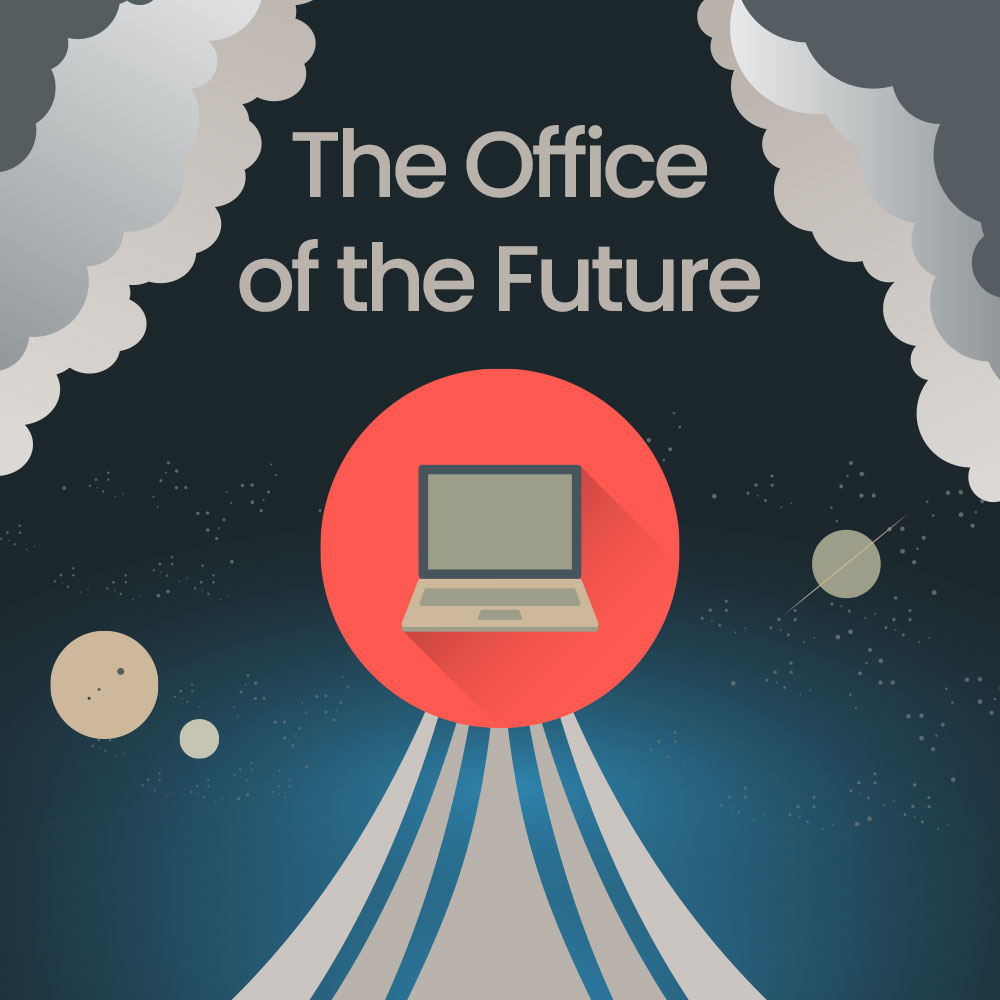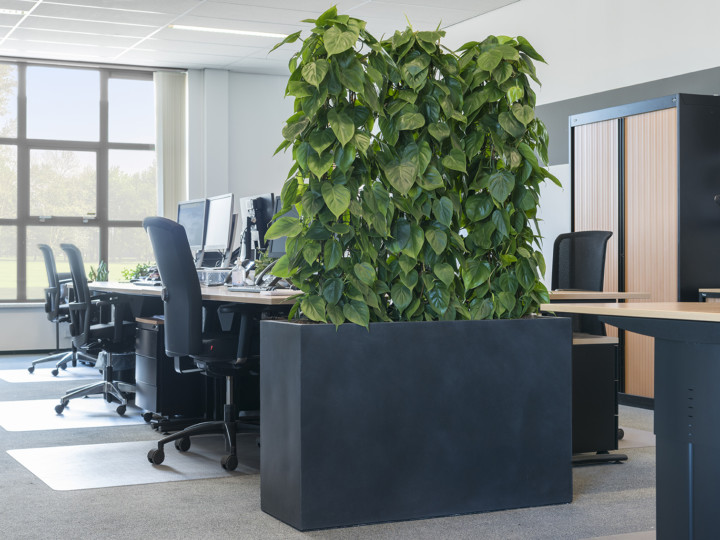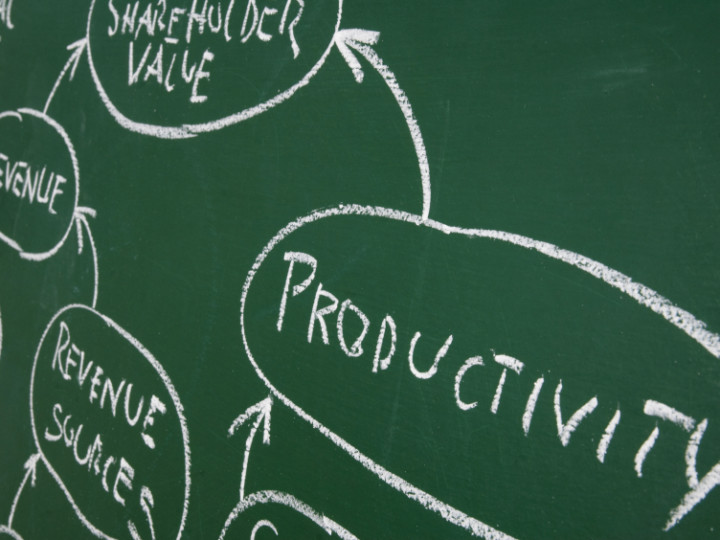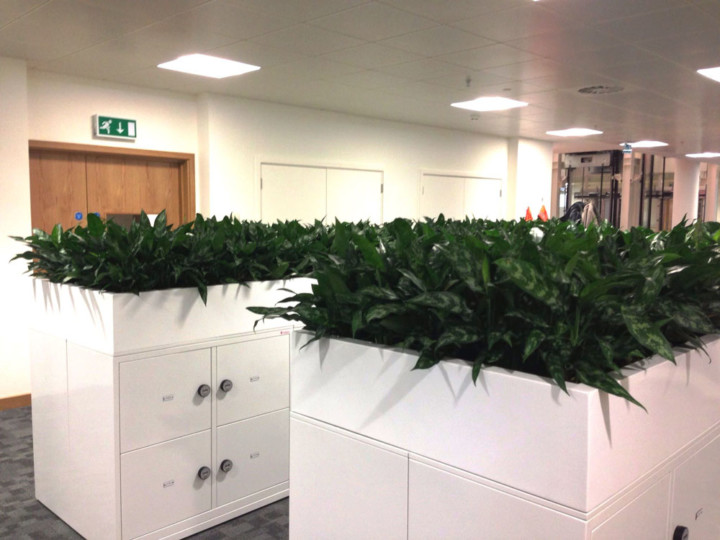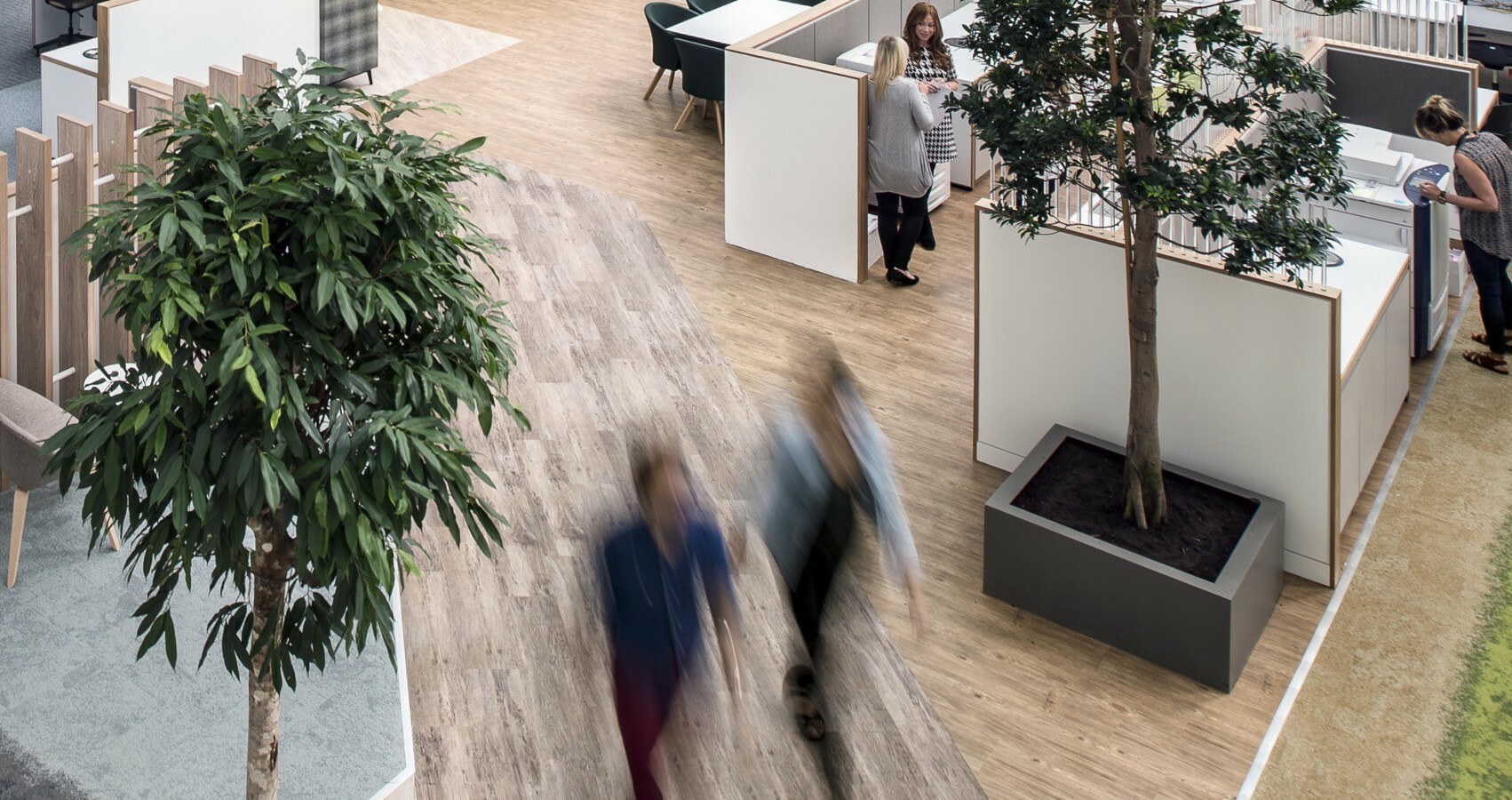
‘The Office of the Future’: How agile working can benefit us all post-COVID
-
19 October 2020
‘The workplace is the centre of any business, helping to bring people together to build a positive culture, and it’s where support networks and lifelong friendships are formed.’
So, if the office is such an important hub for working practices, what happens when events such as the pandemic force so many of us to work from home?
This quote comes from a new report by one of our clients, office designers Peldon Rose, in collaboration with workplace strategy and employee engagement specialists WKSpace.
In ‘The Office of the Future’, Peldon Rose draws on the opinion of a range of workplace design experts and examines the importance of a physical shared workspace for the health of a business and its workforce.
Culture
Looking at four core areas: Culture, Productivity, Wellbeing and Flexibility, the report shines a light on what core areas of working are best suited to the office and, most critically, considers how best to shape our working practices in the future, for the good of business, and their employees alike.
One of the most striking findings of the report centres on workplace culture. The survey found, for example, that 84% of business leaders say a physical workplace contributes to instilling vision and purpose to employees.
Nowhere perhaps is the sense of shared culture more vital than when it comes to collaborative working.
Looking at the material effect of collaborative working on a business’s success, the report had some interesting findings. For example, some 62% of respondents felt that teamwork with colleagues is best performed in the office, while 89% stated that learning from colleagues they work alongside is intrinsically important.
With many employees currently working at home, many businesses are starting to feel this collaborative energy lose momentum, with 69% of respondents finding it harder to share a company’s vision and ideals post-lockdown.
Added to this is the knock-on effect remote working has on employee development. As the report points out, ‘a company is only ever as good as the people who work within it’. With colleague interaction and collaboration currently limited in many ways, this also means that professional development and progression has often been paused, too.
What’s more, with little to no opportunity at present for sharing a physical space in which to learn and train and, employers are less able to get to know their team members’ strengths and potential and recognise areas of potential training or job opportunity.
Productivity
Perhaps more immediately impactful is the risk to business productivity when the workforce is scattered far and wide. Here the report found that without access to a physical workspace, colleagues find themselves trying to replicate everyday office interactions over video conferencing apps from home. This risks having a palpable knock-on effect on team motivation and management.
‘Without direct contact with their employees in a shared workspace, business leaders have not only lost some of their power to create a physically motivating environment for their staff, but also the instant access to their workforce an office provides.’
Wellbeing, a cross-industry buzzword for good reason, a critical element to any report scrutinising the current situation for workers. Here, the report focusses on loneliness and the stress on striking a healthy work-life balance as critical markers for judging the effects of home working. It found, for example, that a quarter of respondents felt their wellbeing had been negatively impacted by working from home.
Shaping a better future workplace
So far so worrying. However, the main focus of the report is to take these findings, weigh them up against the benefits of home working, and consider how we might take this opportunity to create better working practices in the future.
Put simply, rather than questioning the future of the office, the report imagines the office of the future.
It provides an invaluable starting block for envisaging the ideal workplace set up in our new world, where the office may no longer be a 9 to 5/ 5 days a week prospect, but rather a place to come to achieve those elements of the working day which are better achieved with colleagues.
On the flip side, there’s no denying working from home has many benefits: few could say they are missing their commutes, for starters, and there is a lot to be said for having your own (head)space, away from the bustle of a busy office.
Flexibility
One of the key findings in the report was that 52% of respondents would like a mixture of home and office working in the future, while a huge 89% said they would prefer a more flexible approach to work, allowing them to have more time for their personal lives.
The key now is to consider how agile working practices can be created in a way which strikes a happier balance between office and home, allowing us to carry out each task in the location which best suits the work in hand and our wellbeing. Put simply, it’s a case of balancing sharing a working environment safely when the task requires teamworking with nurturing productivity and a sense of cohesiveness when we’re not in the same physical space.
This report provides us with a range of helpful findings to help point the way to a workplace which benefits not just the employee but also the business: two elements which are not mutually exclusive by any means.
Wellbeing and the power of good office design
One of the most effective ways to imagine better future workplaces is to look at what we value in the office, and a simple starting point could be to look at design features. Even things we may have taken for granted in the office such as optimum lighting and ergonomic office chairs can make a huge difference to our productivity and wellbeing yet are not so easy to replicate at home.
One of the elements stated in the report as key to nurturing a happier, healthier workplace is biophilia. Put simply, these are elements such as natural light and planting which help to reconnect us to the natural world and have been proven to markedly improve wellbeing. In fact, a fifth of respondents cited ‘back to nature’ as their preferred working environment.
As long-standing advocates for biophilia in the workplace, we were happy to provide some robust stats for the report to prove how productivity, wellbeing and creativity can soar with the right biophilic elements in the office. For example, successful biophilic design can increase productivity by up to 20%.
In fact, there is a wealth of research out there these days on the many health benefits of office plants, from cleaning the air of harmful toxins to the psychological boost natural elements provide, and these can all help us plan simple, yet very effective, changes to our office environments.
In a nutshell, a workplace designed to make workers feel at ease, welcomed and looked after will not only coax people back to the office but also encourage better quality of work when they are there.
Jitesh Patel, CEO of Peldon Rose, puts it best when he states: “Ultimately, investing in a workplace that makes employees feel good and reflects the values and vision of the organisation, will benefit the business by supporting productivity, talent attraction and retention, and employee wellbeing.”
To learn more about ‘The Office of the Future’ click here.
For more on the benefits of plants, take a look here.
